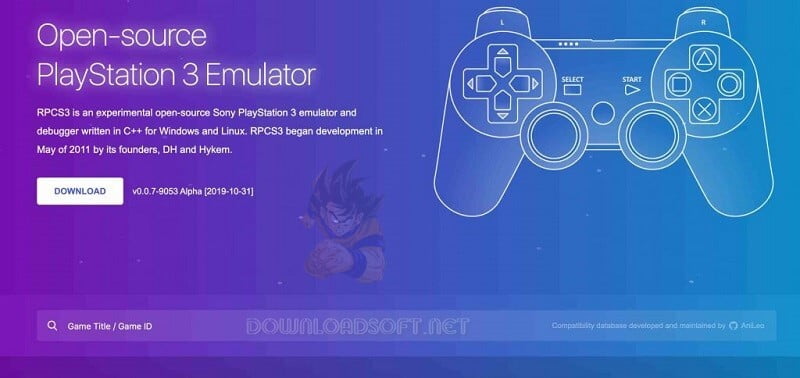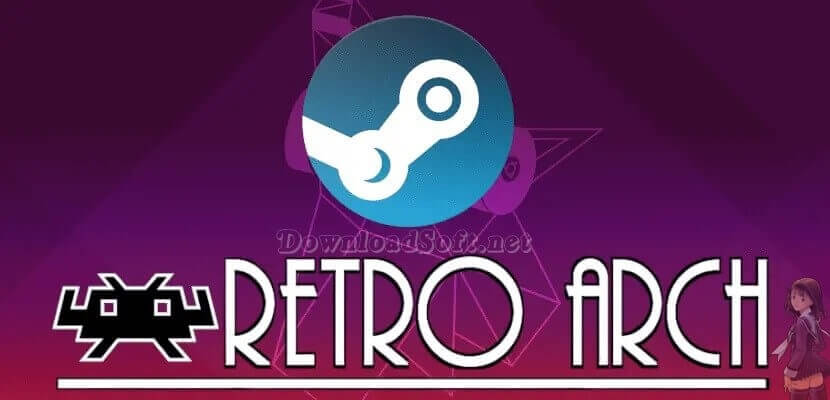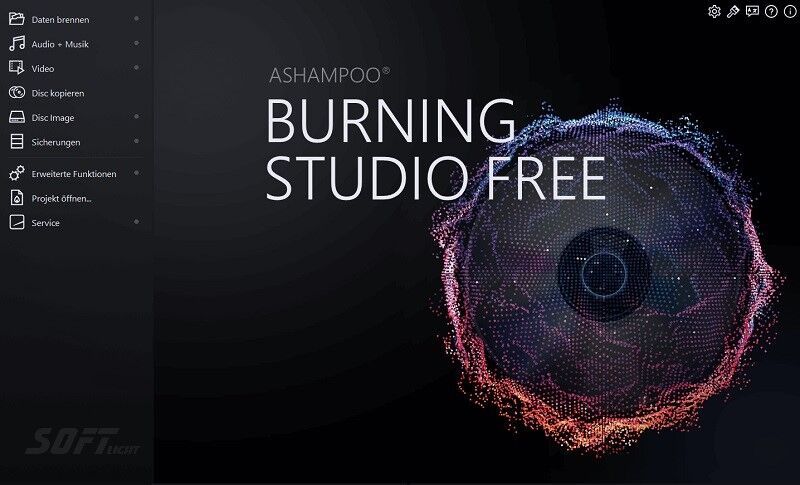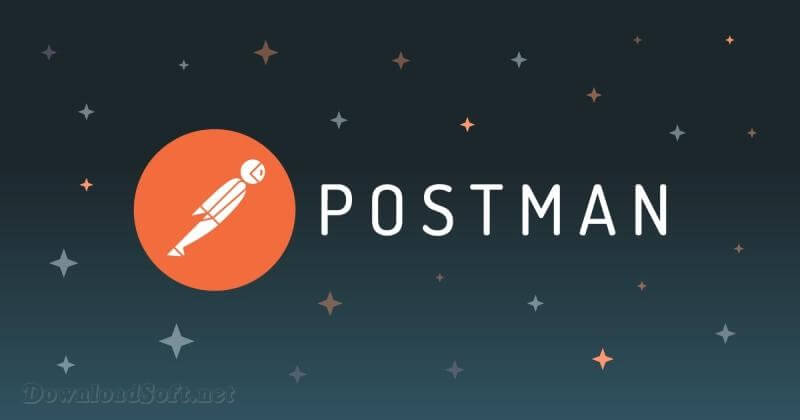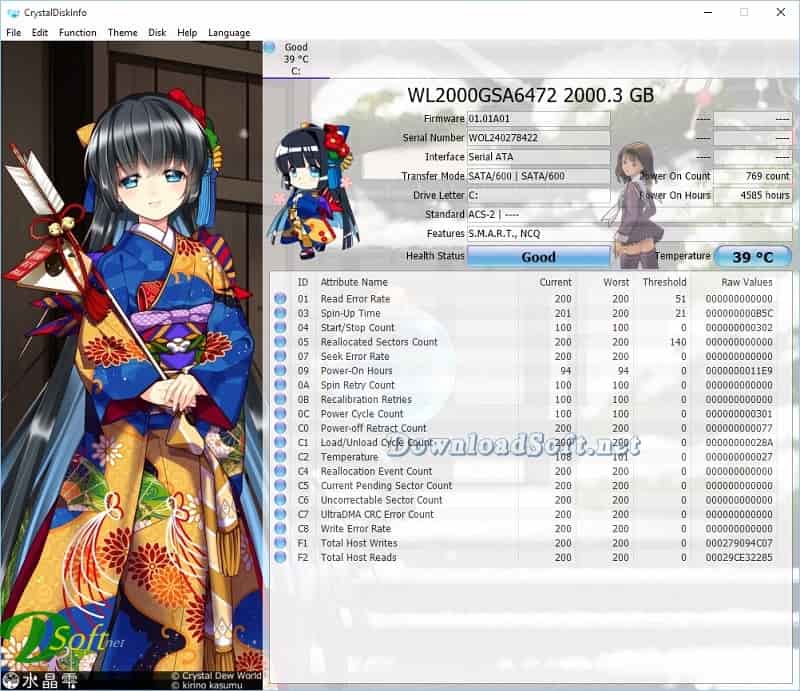Electron Free Download 2025 Cross-Platform for Windows PC
Electron Free Download 2025 Cross-Platform for Windows PC
are you a developer looking to create cross-platform desktop applications? If yes, then Electron Free is the solution you need. Is it an open-source framework created by GitHub that allows developers to build desktop applications using web technologies such as HTML, CSS, and JavaScript? In this article, we will explore the various aspects, including its features, benefits, and use cases.
What is Electron?
It is a popular framework used for creating desktop applications using web technologies. It was initially released by GitHub in 2013 as a framework for building desktop apps for macOS, but it has since evolved to support Windows and Linux as well. It is built on top of Node.js and Chromium, which provides developers with access to powerful tools and features.
It has gained popularity because of its ease of use, cross-platform compatibility, and the ability to leverage existing web development skills. Developers can use HTML, CSS, and JavaScript to create desktop applications that run on Windows, macOS, and Linux.
Use Chromium and Node.js, so you can build your app using HTML, CSS, and JavaScript. The app is an open-source project under the management of GitHub and an active community of contributors. Compatible with Mac, Windows, and Linux, Electron apps are built and run on three platforms.
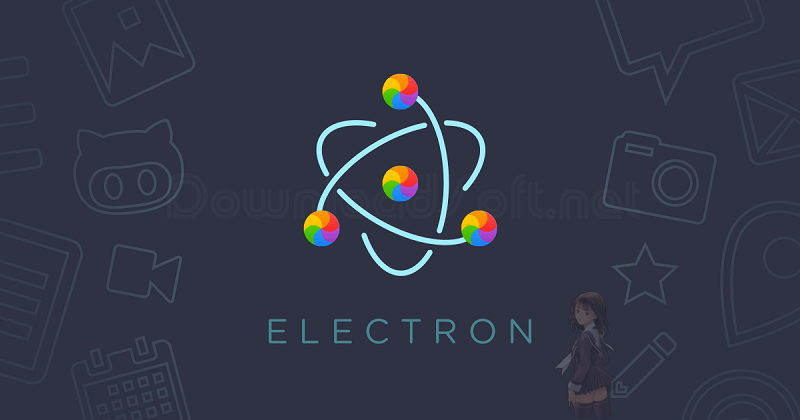
Features
It comes with several features that make it an attractive option for developers. Some features:
Cross-Platform Compatibility
Applications can run on Windows, macOS, and Linux, which makes it an ideal framework for developers who want to create cross-platform desktop applications.
Access to Native APIs
Provides access to native APIs, allowing developers to interact with the operating system and access system-level features.
Customizable User Interface
Developers can use web technologies such as HTML, CSS, and JavaScript to create custom user interfaces for their desktop applications.
Easy Deployment
Makes it easy to package and deploy desktop applications. Developers can create installers for Windows, macOS, and Linux using popular packaging tools like Electron Packager and Electron Builder.
Fiddle
Let’s create and play small experiments. The QuickStart template welcomes you after opening — change some things, choose the version of the app you want to run in, and then play with it. Next, save your Fiddle as either GitHub Gist or in a local folder. Once you pay to GitHub, anyone can quickly experience your Fiddle by just entering it in the address bar.
Support Windows 7 and later — Attempting to develop applications will not work on earlier versions of Microsoft gives easy and free, practical tool images with Windows 10 for developers. Before you start, you may want to install a suitable code editor for JavaScript development.
Benefits of Using
Using it comes with several benefits for developers. Some benefits of using it include:
Speed of Development
Developers can use web technologies to create desktop applications, which reduces the learning curve and speeds up development.
Cross-Platform Compatibility
Developers can create desktop applications that run on Windows, macOS, and Linux, which increases the reach of their applications.
Access to Native APIs
Provides access to native APIs, allowing developers to create desktop applications with rich features.
Large Community
A large community of developers means that developers can get help and support easily.
Use Cases
It can be used to create a wide range of desktop applications. Some common use cases include:
Code Editors
Popular code editors like Visual Studio Code and Atom are built using it
Communication Applications
Applications like Slack and Discord are built using the Electron.
Media Players
Media players like Spotify and VLC are built using the framework.
How Does Electron Work?
Works by combining Node.js, Chromium, and a custom API to create desktop applications. The Node.js runtime provides access to the operating system’s native APIs, while Chromium provides a web-based rendering engine that allows developers to create user interfaces using web technologies.
The custom API provided allows developers to interact with the operating system, access native features, and create native user interface components. This API includes modules for creating windows, menus, and dialogs, as well as modules for accessing the file system, networking, and other system-level features.
Supported Operating Systems
It supports a variety of operating systems, including:
- Windows 7 and later (64-bit only)
- macOS 10.10 (Yosemite) and later
- Linux (Ubuntu, Debian, Fedora, and CentOS) (64-bit only)
If you’re using an older version of Windows or macOS, you may need to upgrade your operating system to use the latest version.
Hardware Requirements
In terms of hardware, the system requirements for development are relatively modest. However, the exact hardware requirements will depend on the size and complexity of your application. Generally, you should aim for a computer with at least:
- 4 GB of RAM
- 1.8 GHz dual-core processor
- 500 MB of free disk space
Of course, if you’re working on a larger application or running other resource-intensive software alongside it, you may need more powerful hardware.
Software Requirements
To develop with Electron, you’ll need to have a few software requirements installed on your computer. These include:
- Node.js: This is a JavaScript runtime that allows you to execute JavaScript code outside a web browser. You’ll need to install Node.js before you can start developing.
- npm: This is the Node.js package manager, which allows you to install and manage packages (or modules) for your Node.js projects.
- Git: This is a version control system that allows you to track changes to your code over time. You’ll need Git to download and install it.
Development Environment
Once you have all the necessary software and hardware requirements, you can set up your development environment. Here’s what you’ll need to do:
- Install Node.js: You can download and install Node.js from the official website.
- Install npm: npm comes bundled with Node.js, so you should have it installed automatically.
- Install Git: You can download and install Git from the official website.
- Install: To install Electron, open a command prompt or terminal window and run the following command:
npm install electron --save-dev
This will download and install the latest version for your project.
Testing and Debugging
Once you’ve set up your development environment, you can start building your application. However, before you release your application, you’ll want to test and debug it thoroughly. Here are some tools and techniques you can use to test and debug your application:
- DevTools: This is a built-in tool that allows you to inspect and debug your application’s HTML, CSS, and JavaScript code.
- Spectron: This is a testing framework for applications that allows you to automate testing and simulate user interactions.
- Electron Fiddle: This is a tool that allows you to quickly prototype and test applications without having to set up a full development environment.
Conclusion
The system requirements are relatively modest, but you’ll need to have the right software and hardware in place before you can start developing. By following the steps outlined in this article, you should be able to set up your development environment and start building cross-platform desktop applications with ease.
Just remember to test and debug your application thoroughly before releasing it to ensure that it runs smoothly on all supported platforms. Additionally, it’s important to keep in mind that the system requirements for your application may vary depending on its size, complexity, and the features you want to include.
Overall, Electron is a powerful tool for building cross-platform desktop applications using web technologies. By understanding the system requirements for development, you can ensure that your development environment is properly configured and that your application will run smoothly on all supported platforms.
With the right tools and techniques, you can create high-quality, feature-rich desktop applications that are accessible to users on Windows, macOS, and Linux.
Technical Details
Software name: Electron
- Category: Utility Tools
- License: Open Source
- Version: The latest
- Size 58.5 MB
- Core: 32/64-bit
- Operating Systems: Mac / Windows / Linux
- Languages: Multilingual
- Developer: GitHub, Inc
- Official website: electronjs.org
